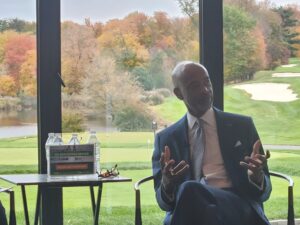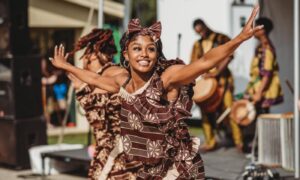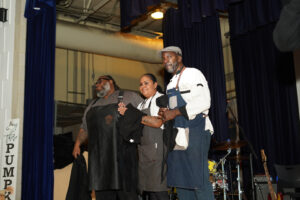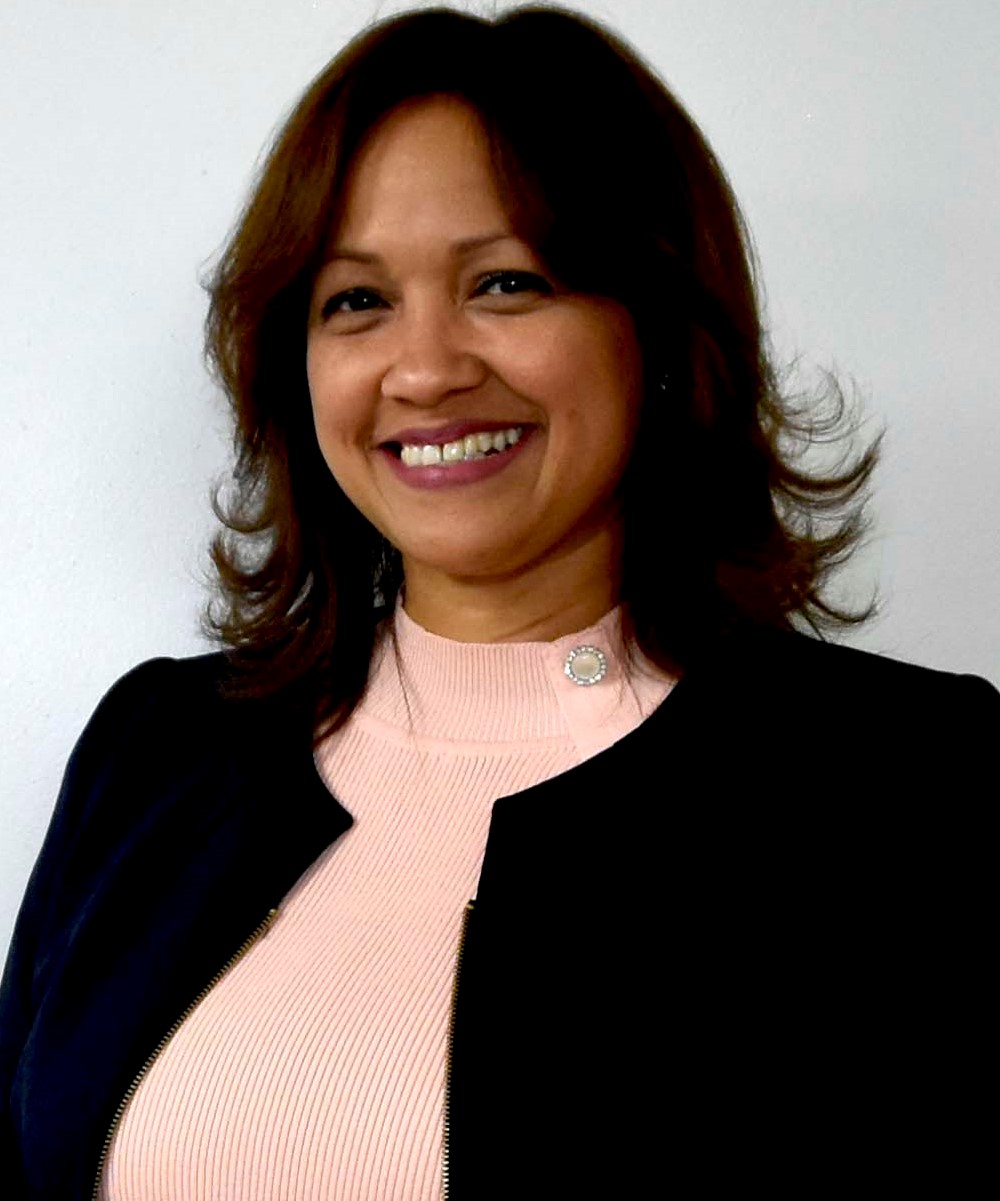Cohanzick Lenape Story Symposium Shares Rich History of Local Native Americans
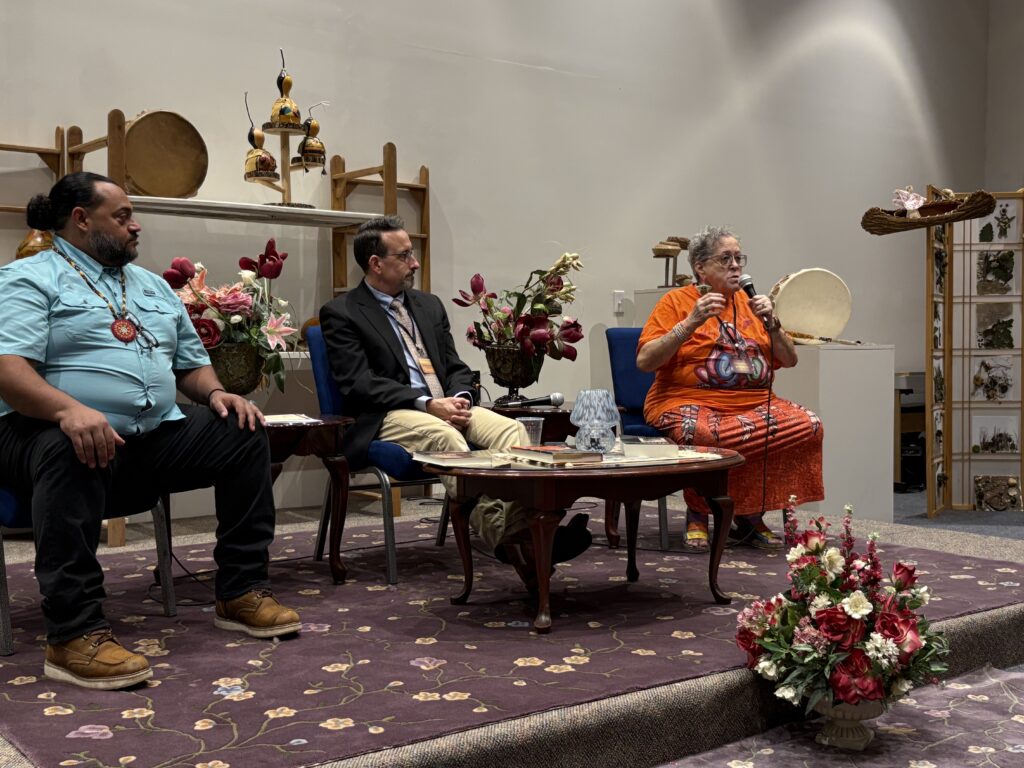
From left to right: John "Wandering Wolf" Barry, Gregory Lattanzi, and Dawn Manyfeathers speaking on a panel about connecting different cultures during the Cohanzick Lenape Story Symposium at the Cohanzick Nature Reserve in Bridgeton on Saturday, Aug. 30, 2025. Photo by Paige Britt.
BY PAIGE BRITT | For AC JosepH Media
BRIGETON — The Cohanzick Nature Reserve held a Cohanzick Lenape Story Symposium from Aug. 27 to 29, composed of artists, professors and tribe members to teach locals about the culture.
The Nanticoke Lenni-Lenape tribe is based in South Jersey and has about 3,000 registered members. Their official recognition as a tribal nation was reaffirmed in 2018. The 63-acre nature reserve acts as a sanctuary for wildlife and allows visitors to hike, attend workshops and learn from Indigenous people.
The idea behind the free symposium originated two years ago with the goal of connecting Lenni-Lenape members with people outside of the tribe. The three day event covered topics such as identity and spirituality, historical artifacts, traditions and handmade artwork. Local Indigenous artists did demonstrations of their work ranging from leather work to beaded jewelry.
One artist in attendance was Carmela “Falcon Who Travels Far” Wilmore, who is a master in leather work. Wilmore has been making leather creations since she was 18 and is self-taught. Her table displayed hair clips, knife sheaths, and belts.
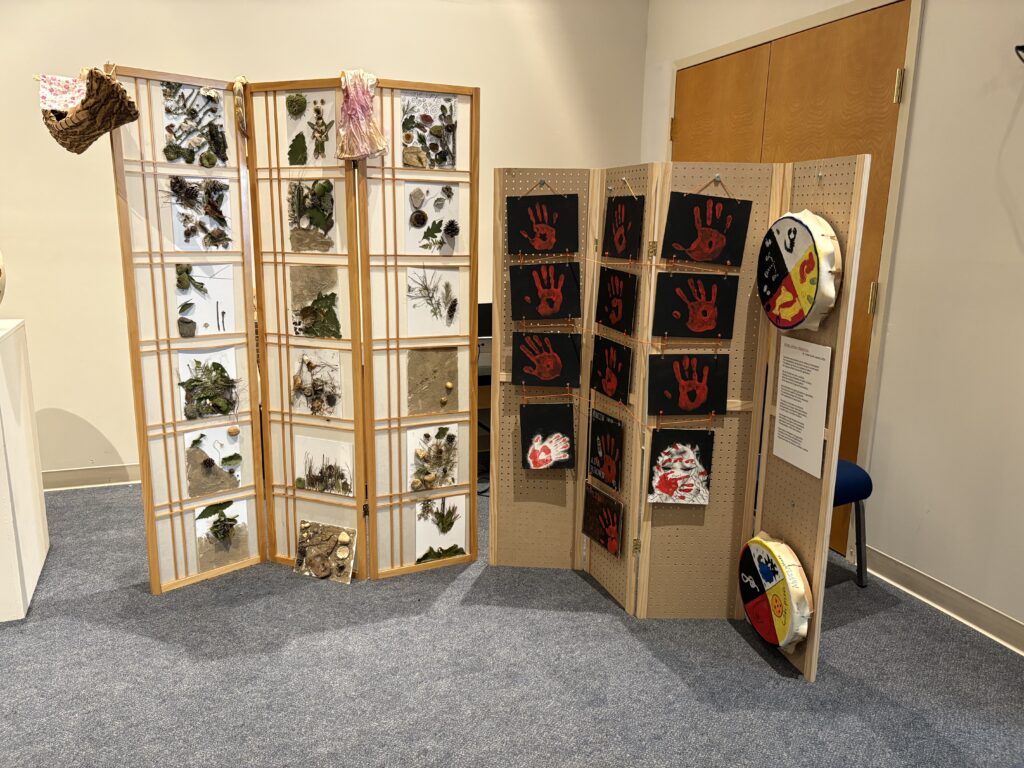
“I feel like when I’m doing my artwork on leather, I’m giving a piece of me to everyone who takes my items and blesses them … It’s a connection between souls,” Wilmore said.
Wilmore explained the connection between spirituality and her physical work, and how she feels so close to people who purchase her leather artwork.
“If I’m in the right state of mind, that good energy is literally put into the item, and these pieces talk to me. I allow it to tell me what it wants to become. I enjoy it so much,” said Wilmore.
Another artist in attendance was Linda “Amaryllis White Dove” Gould Taylor, who had a table displayed with her jewelry and beadwork and did a demonstration during the symposium.
“I’m honored that they asked me to be here,” said Gould Taylor.
The event was organized by the Native American Advancement Corp, who runs the Cohanzick Nature Reserve. President Tyrese “Bright Flower” Gould Jacinto and Director of Operations and arborist John “Wandering Wolf” Barry spoke during the symposium about the importance of traditions and nature to the tribe.
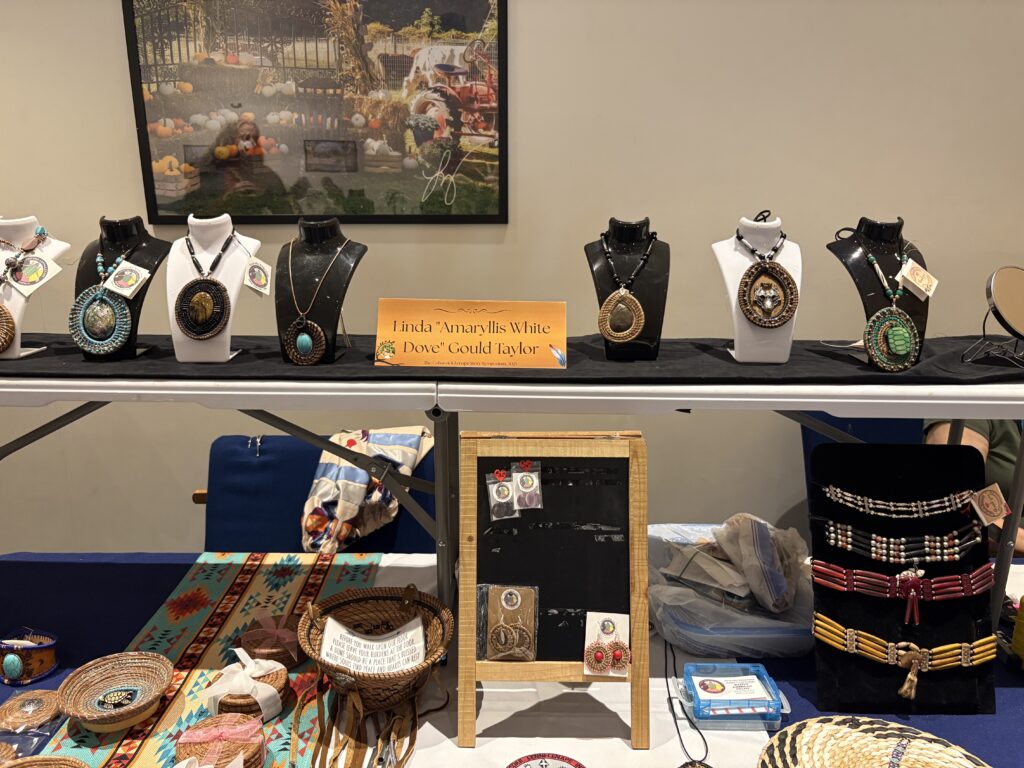
Gould Jacinto is an artist, author and cultural activist who has written 24 children’s and inspirational books and was named a Heritage Fellow by the New Jersey State Council on the Arts.
“You are standing on sacred ground, where our ancestors walked, where we were never erased, and where our story continues, unbroken and undeniable. The Cohanzick Lenape Story Symposium is more than a gathering; it is a living declaration that our people remain, thrive, and rise,” Gould Jacinto wrote in the program book for the event.
Barry, as the resident arborist of the reserve, spoke about the importance of connecting with nature.
“I kind of feel like, and we say jokingly around here all the time, nature is my religion. Religion can be complicated if you want it to be, but it doesn’t have to be. And it’s that simple, something we can all do…We’re an adoptive people, you’re all adopted now,” Barry said.
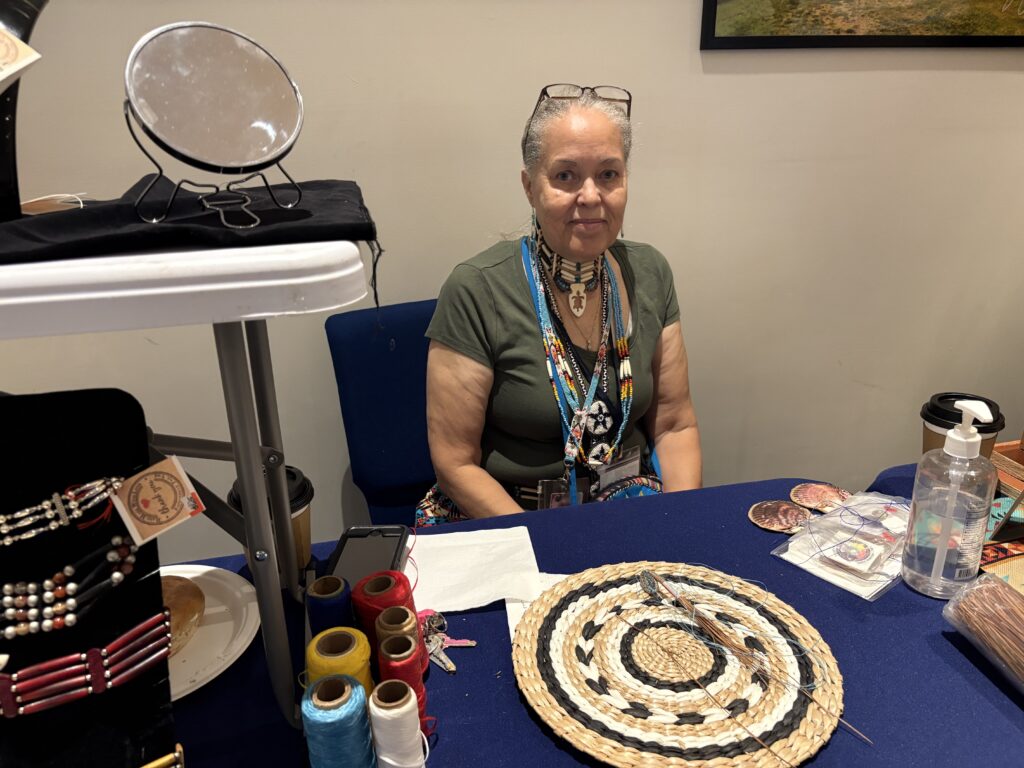
“Just live balanced, that’s what it’s all about,” said Barry.
Other speakers of the symposium included Associate Professor of Anthropology at Temple University Gregory Lattanzi, Dawn Manyfeathers of the Nanticoke Lenni-Lenape tribe, June “Changing Spirit” Sernak and Chief Mark “Quiet Hawk” Gould.
Lattanzi gave a presentation on Aug. 29 about Indigenous ceramics found throughout the state and what they indicate about the culture. He shared some of his findings and explained the historical significance behind the pieces.
Manyfeathers was vocal about protecting the people and traditions of her culture. She explained one of the best ways to teach others about the Lenni-Lenape people is to share physical items with them that carry a history. When she teaches about the Lenni-Lenape culture at schools, she brings a “please touch” table.
“When a child looks in a book to learn, they are surface learning. But once they touch these things, they imprint,” said Manyfeathers.
Manyfeathers continued, expanding on how food is one of the best ways for people to learn about cultures different from their own.
“Feeding a person is not just hospitality. The cook who made that is sharing their spirit with the person that’s consuming it. But to taste someone else’s culture is another form of imprinting,” said Manyfeathers.
The symposium ended with a nature walk through the reserve led by Barry, who encouraged guests to dig deep and find new connections with their surroundings.
“This is more than a symposium. This is a family reunion of spirit, a cultural resurgence, and a call to remember, reconnect, and reclaim,” said Gould Jacinto.
Follow Us Today On:
Note from AC JosepH Media: If you like this story and others posted on Front Runner New Jersey.com, lend us a hand so we can keep producing articles like these for New Jersey and the world to see. Click on SUPPORT FRNJ and make a contribution that will go directly in making more stories like this available. Thank you for reading!
